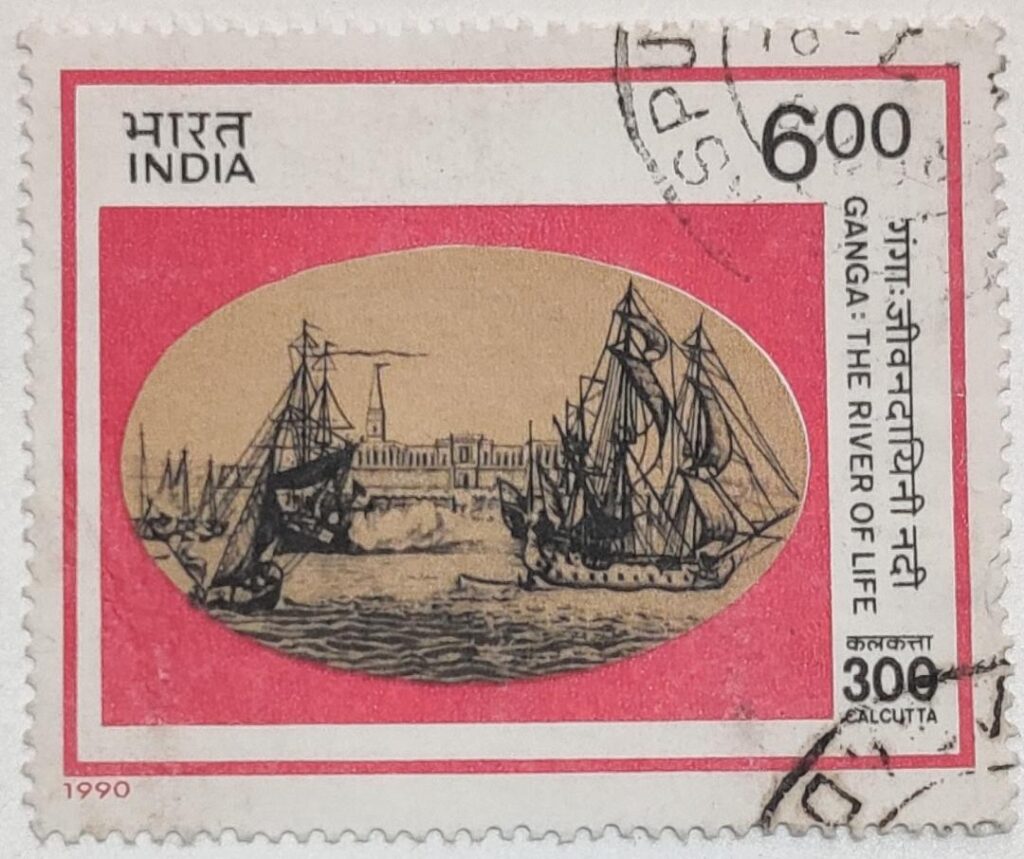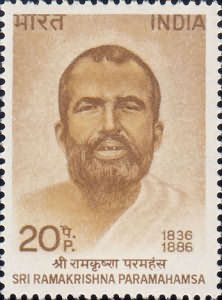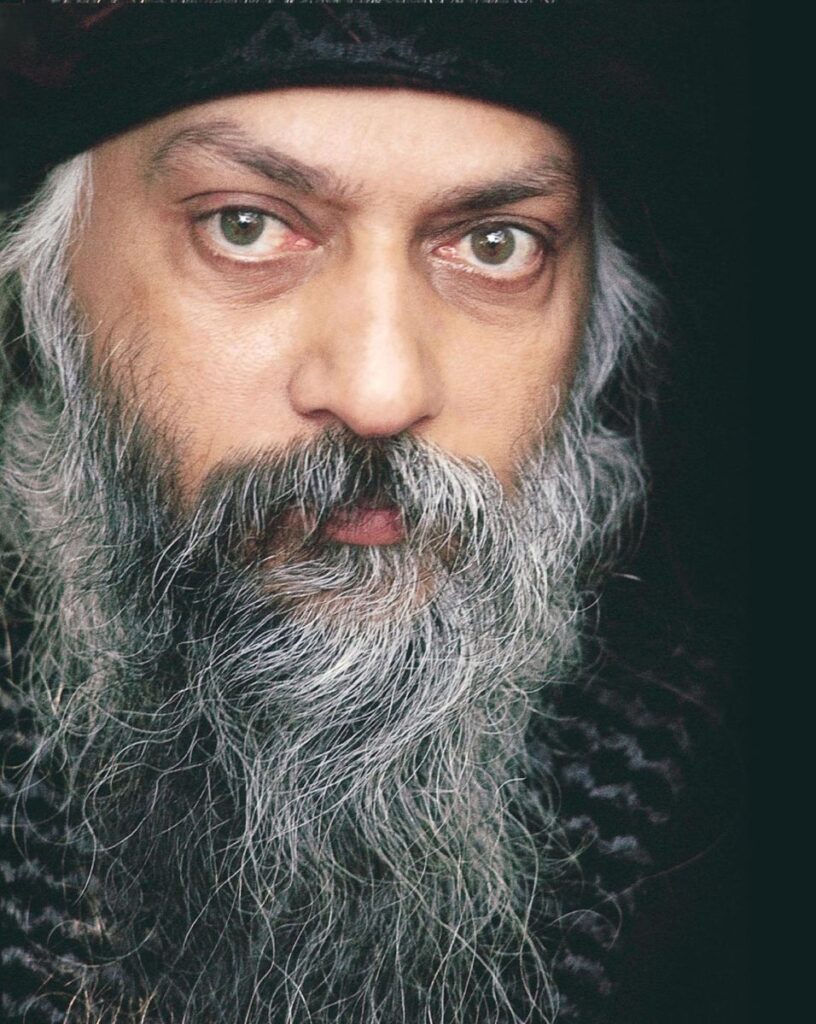
…Jagadguru Shankaracharya Abhinava Vidyateertha Mahaswami of Sringeri Sarada Peetham has often spoken of the efficacy of bathing in the Gaṅgā as a means of purification (Source: Exalting Elucidations, page 52). He has said, “Gaṅgā does purify people. When the faith of the person who resorts to her is intense, he is greatly benefited by her. This, however, does not mean that one will be redeemed if one commits sins deliberately and then bathes in the Gaṅgā.”
Here is another conversation with the Mahaswami (D: Devotee, A: Acharya) on the subject:
D: It is believed that the river Gaṅgā effaces one’s sins. Does it actually do so?
A: Yes. Why is there any doubt about it?
D: If Gaṅgā removes one’s sins, can one commit any sin and then get rid of fit by bathing in the Gaṅgā?
A: A dip in the Gaṅgā will remove those sins that are unknowingly done or knowingly done once for which we are repentant. It is not fair to expect Gaṅgā to free one from an intentional sin done with the presumption, “I will bathe in the Gaṅgā and get rid of it.” However, just because of the above statement, one need not have even an iota of doubt regarding the greatness of Gaṅgā. Crores of people travel long distances with the firm faith that they will be purified by a bath in the Gaṅgā. Īśvara does not let their faith go unrewarded.
There is a story in this connection. Once, Pārvatī asked Lord Śiva whether Gaṅgā would actually wash away the sins of all. As an answer, Śiva took on the appearance of an old man and took Pārvatī, in the garb of his aged wife, to the banks of the Ganges. He told her that he would pretend to be drowning and that she should raise an alarm.
Accordingly, she screamed to attract the attention of the passers-by and sought the rescue of her husband. The people around rushed to his rescue. The disguised Pārvatī, however, stopped them and, as earlier instructed by Śiva, said, “Only that person who has not the slightest trace of sin can touch my husband.”
Only one among the throng dived in without the least hesitation and rescued Lord Siva, who was in the disguise of an old man. Surprised, Pārvatī asked the rescuer if he was free from all sins. The man replied, “Did I not have a dip in the Gaṅgā before saving your husband? My sins vanished at that very instant.”
Śiva then asked Pārvatī, “What doubt need be there that sins are washed away if one has faith like this person?”
So a dip in Ganges along with mental purity, faith and devotion gives the real benefit of greater good.
From: hinduism.stackexchange.com/
Here is another delightful anecdote on the subject.
A man was going to Varanasi to take a bath in the Ganges. He went to Sri Ramakrishna, he was a follower of Ramakrishna. He asked Ramakrishna, “Paramhans, I am going to the Ganges in Varanasi — bless me. Do you think all my sins will be washed away?”
Ramakrishna said, “Yes, certainly, because the Ganges is so pure; whosoever dives deep into it becomes as pure as the Ganges. But there is a problem that you have to remember.”
The man said, “What is that problem? You just tell me, I will remember.”
Ramakrishna said, “Have you seen the great trees that stand on the banks of the Ganges?”
He said, “Yes, I have seen.”
Ramakrishna said, “Do you know what is the purpose of those trees?”
He said, “That I have never heard and it is not written in the scriptures. What is the purpose of those trees? You tell me.”
Ramakrishna said, “The purpose of those trees is that when you dive in the Ganges, your sins have to leave you because of the power of the Ganges. Those sins sit on the top of those tall trees. When you come back out of the Ganges, they jump upon you again!…”
– Acharya Rajneesh ‘Osho’

Sri Ramakrishna Paramahamsa (1836-1886) was a Hindu mystic from India whose parable-based teachings espoused the ultimate unity of diverse religions as being means to enable the realisation of the same God. After his demise, his chief disciple Swami Vivekananda popularised his ideas and founded the Ramakrishna Order, which provides spiritual training for monastics and householder devotees, and the Ramakrishna Mission, which is involved in charity, social work and education.

Acharya Rajneesh (1931-1990), known later as Osho, was an Indian godman, philosopher, mystic and founder of the Rajneesh movement. He was viewed as a controversial religious leader during his life. He rejected institutional religions, insisting that spiritual experience could not be organised into any one system of religious dogma. He advocated meditation and taught a unique form called dynamic meditation. Rejecting traditional ascetic practices, he asked his followers to live fully in the world but without attachment to it. Pic courtesy: https://www.sannyas.wiki/
